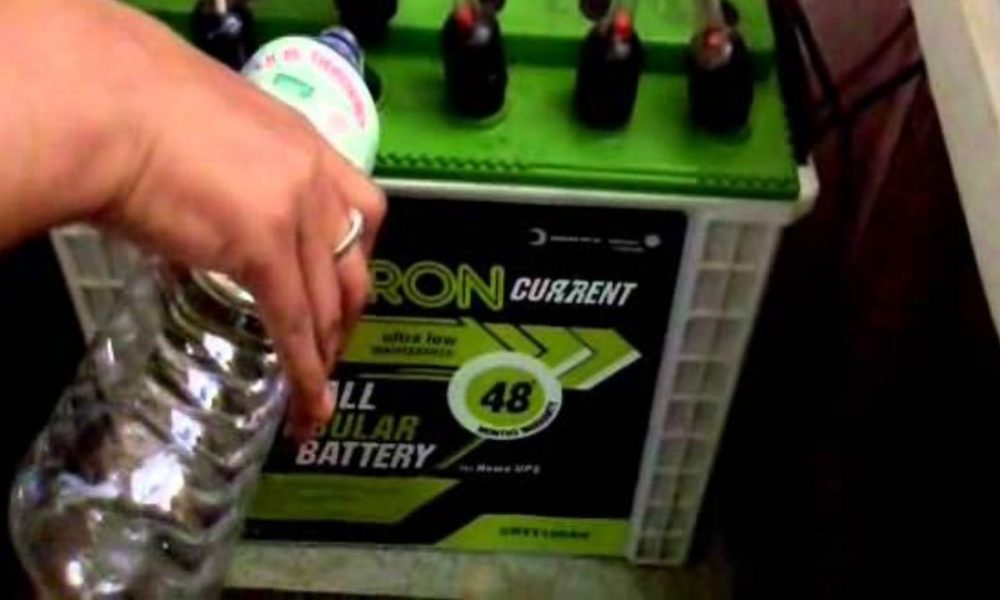
New Delhi: Winter is overall more pleasant than summer. No dripping sweat and scorching sun to torment you as soon as you step out of the house. But most importantly, it saves you a sum by cutting electricity costs.
Power cuts or not, people forget about inverters as they aren’t needed as much in winter. Even when not in use, the inverter’s water can gradually dry up. And failing to maintain the water level can cause serious damage to the equipment.
There are some points you need to consider if you are looking to refill the water in your inverter’s battery.
1. Check every 45 days
If you have failed to refill the water and now it is all dried up, be careful as it can not just damage the battery but also cause fire accidents.
Water level decreases with use so keep a tab on it every 45 days if the inverter is been in use frequently.
2. Use distilled water
It is strictly advised to use only distilled water to fill up the inverters’ battery. Tap water or even the water purified by RO can still have impurities or minerals that can shorten the battery life.
Normal water has salts dissolved in it that are important for the human body. So while you can drink distilled water without any harm, normal water can damage your inverter’s functioning over time.
3. Don’t overfill
As much as low water levels can harm your inverter, overfilling can also impact its functionality.
There are marks on each battery indicating water levels. If you go overboard and fill above the green mark, you can dilute the acid too much in the inverter.
Besides these safety steps, another important thing to keep a check on is wiring. Bad wiring can cause fires and short circuits.





